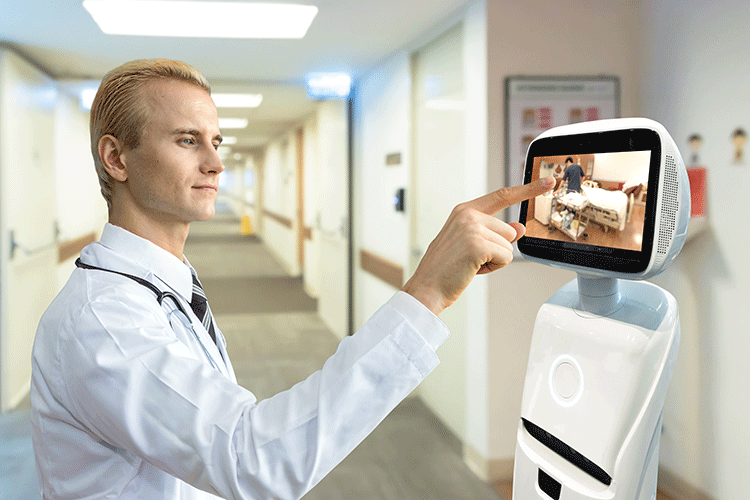Driving Operational Excellence at a Smart Hospital
According to a report by Frost and Sullivan, the Internet of Things (IoT) is expected to combine with the power of artificial intelligence, blockchain, and other emerging technologies to create a “smart hospital” of the future.
The smart hospitals include digitized, modern spaces that use intelligence at each level. This helps them maximize the resources, boost staff productivity, cut down costs, ensure patient satisfaction, and focus on other essentials.
Operational excellence is a crucial part of smart hospitals, which helps them plan and provide the highest quality services to the patients and their families. This can be achieved by constantly embedding the principles of quality enhancement with proven methodologies. The challenge that lies ahead of them is how to drive it in the best possible manner. Here are some pointers to give a better perspective on this –
Coordinated and Collaborative Workflows
Robust coordination and collaboration are the mainstays of smart hospitals. They help share digital knowledge and function as one unit without compromising on the security aspect. EHRs (Electronic Health Records) and HIR (Health Information Exchanges) are two of the main technologies that lay the foundation for these workflows.
For instance, EHRs help in enhancing the communication process by automating and digitizing information. This can be done with the help of HIE (Health Information Exchange), which can collaborate using patients’ data, even when they are in dissimilar locations. Likewise, through the computerized physician order entry (CPOE), healthcare professionals can efficiently order tests, treatments and share their patients’ information, and reduce multiple errors. It also enhances clinical documentation in real-time by prompting the professionals as and when they document everything. Overall, it breaks information silos and mobilizes the data. With the documentation process becoming more efficient, the hospital’s overall workflow improves.
Another example is that of paramedical services. When paramedics take the patient to the hospital, they can use the mobile devices in the ambulance to access the patient’s medical history and treatment preferences. It can also help them get in touch with the family, caregivers or primary care doctors, and therefore, take the best course of action. Moreover, they can inform the hospital about the same via a video conference so that they can also gear up to provide the most convenient care to the patients.
Fluid and Managed Resources
Smart hospitals have business intelligence systems to capture relevant data across departments and various functions. This pool of data is utilized to get a comprehensive view of the resources available and therefore, help the team take informed decisions. Dashboards are one of the ways they can get the overview of the operations, identify the poor performances, and take actions to manage resources.
Similarly, smart hospital systems can also assist with delivering targeted and personalized medicines. This, along with a seamless communication system, can ensure high productivity within the facilities.
Event-driven and optimized
Healthcare may have come a long way, but the loopholes loom large. With the cost of care increasing rapidly, the budgets are becoming more strained than ever. That doesn’t stop smart operations from being event-driven and optimized. For instance, there are bedside devices and home monitoring tools, which can help manage patients with chronic diseases even when they are outside of the clinic. These tools include scales, Bluetooth-enabled devices, and pill bottles to constantly monitor and predict deterioration in the health or infection. All in all, these tools help optimize the operations to a large extent, reducing the burden on nurses and other health care professionals.
Instrumented and automated
Smart hospitals are known for using the latest tools and technologies in healthcare such as RFID (Radio Frequency Identification) and RTLS (Real-Time Location System). These can remotely track medical devices, materials and make inventory predictions. Overall, it streamlines their supply chain process and therefore, helps control and reduce the costs.
Another example of automation is that of smart rooms. Several smart hospitals are already utilizing them to create smart spaces using the combination of the Internet of Things, tablets, smartphones, smart TVs, etc. This helps hospitals view patient care in a different way and offer quality care from the patients’ admission to discharge without any hiccups.
It is not easy to build a path toward operational excellence. It is a slow, painstaking journey that needs diligent efforts from hospitals who want to sustain, with continuous improvements. They need to begin with assessing their healthcare organization’s current status, find out the gaps and work towards fixing them. Next, they need to decide the way forward and work towards continuous improvement.




